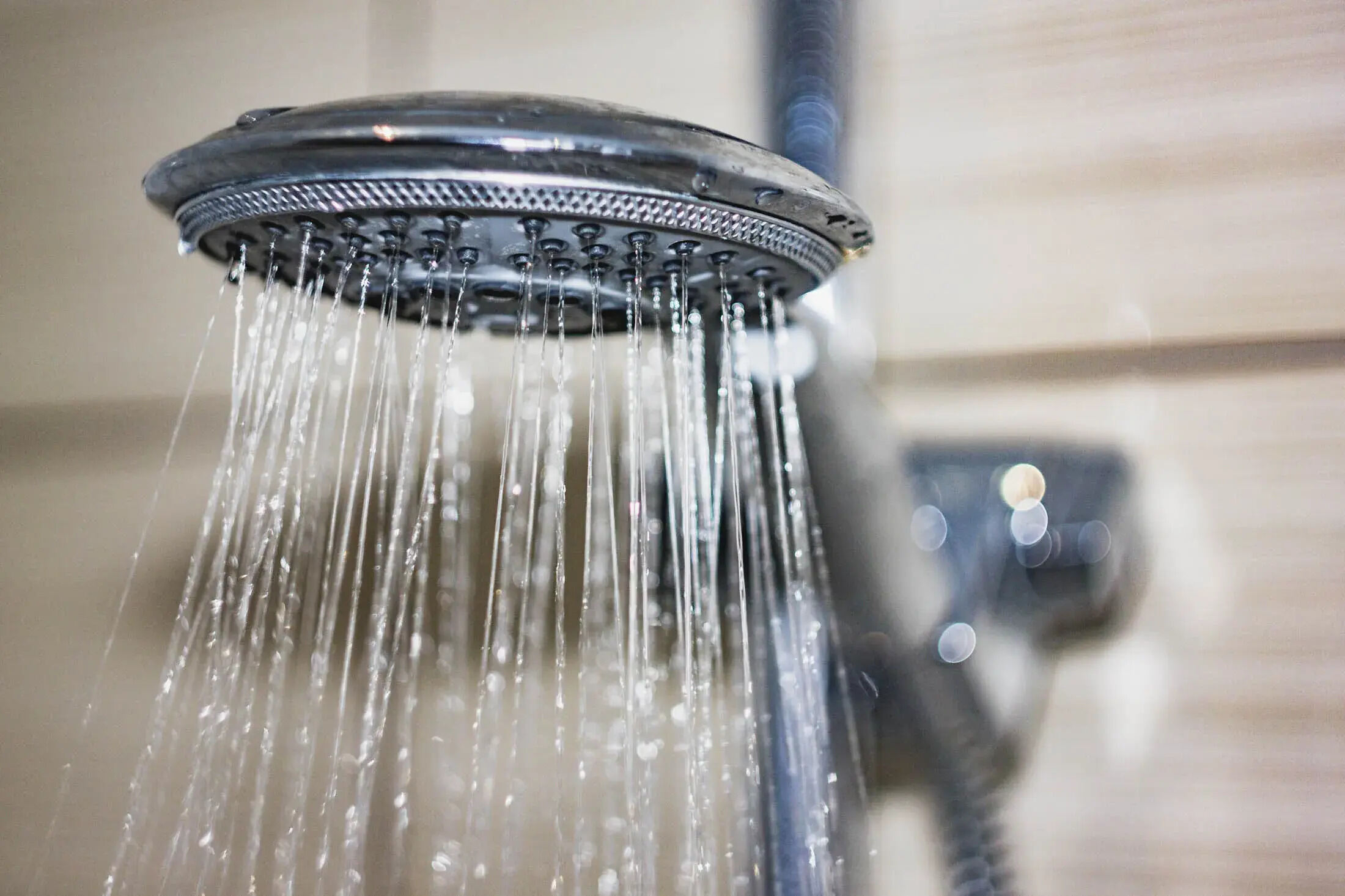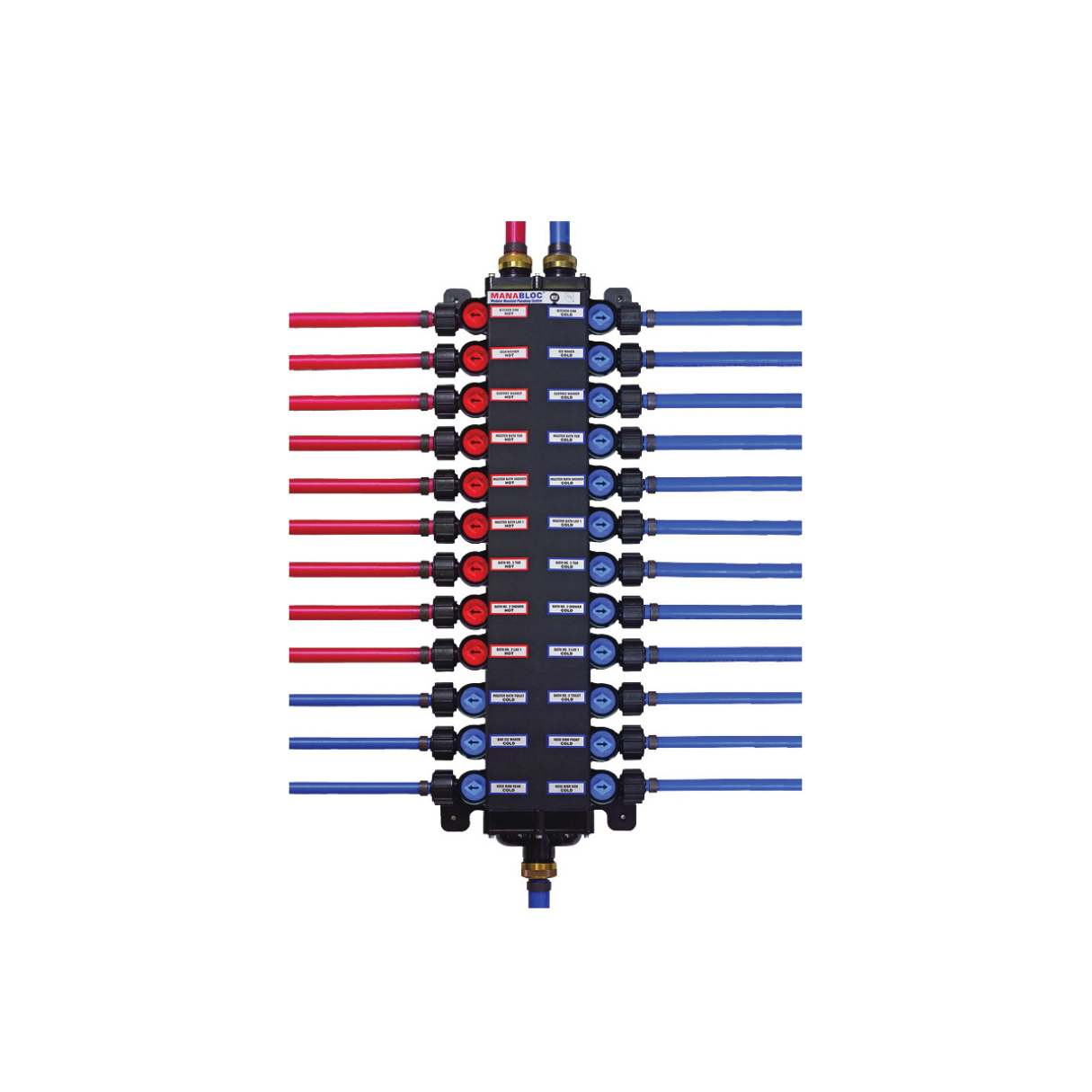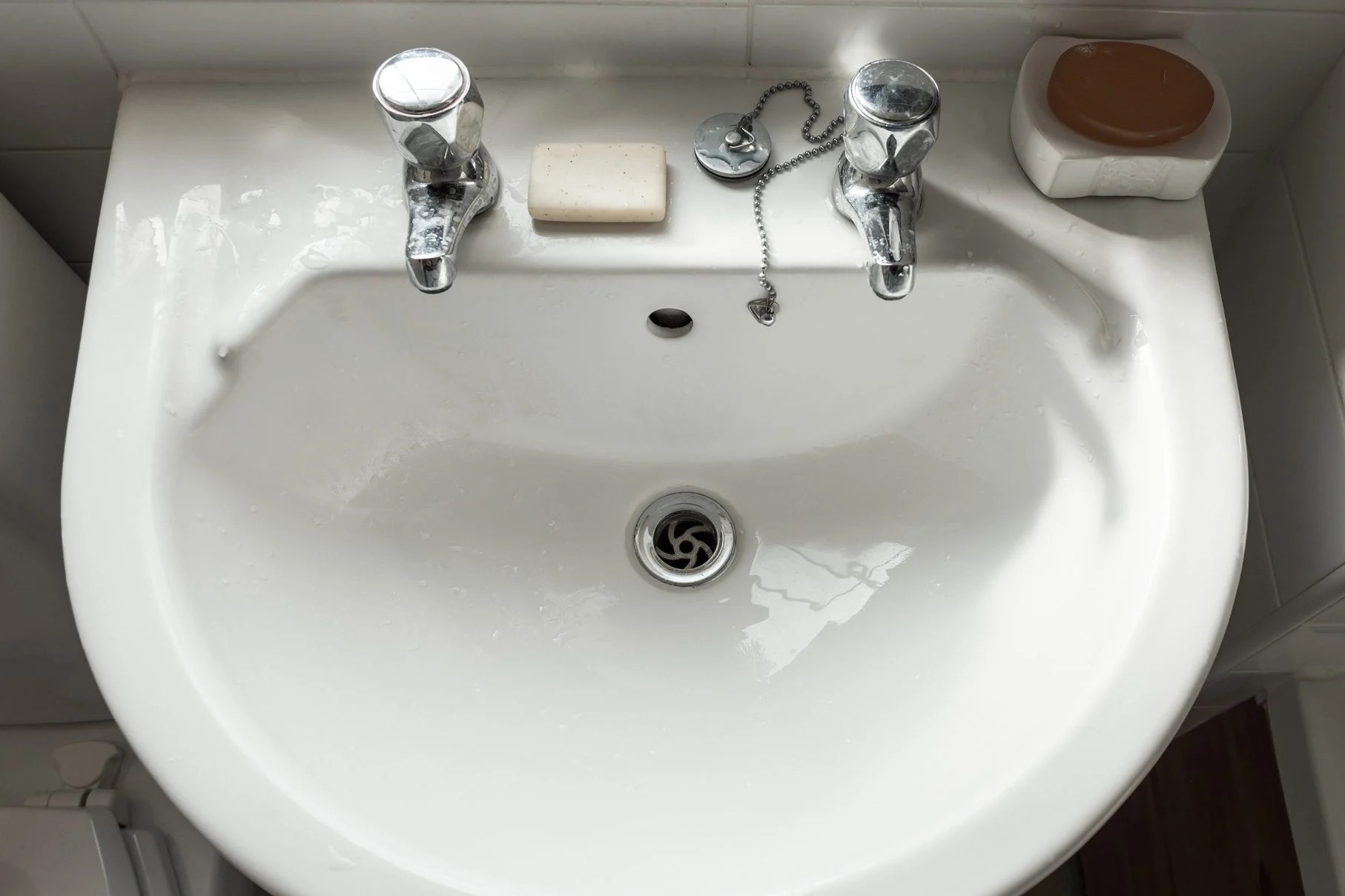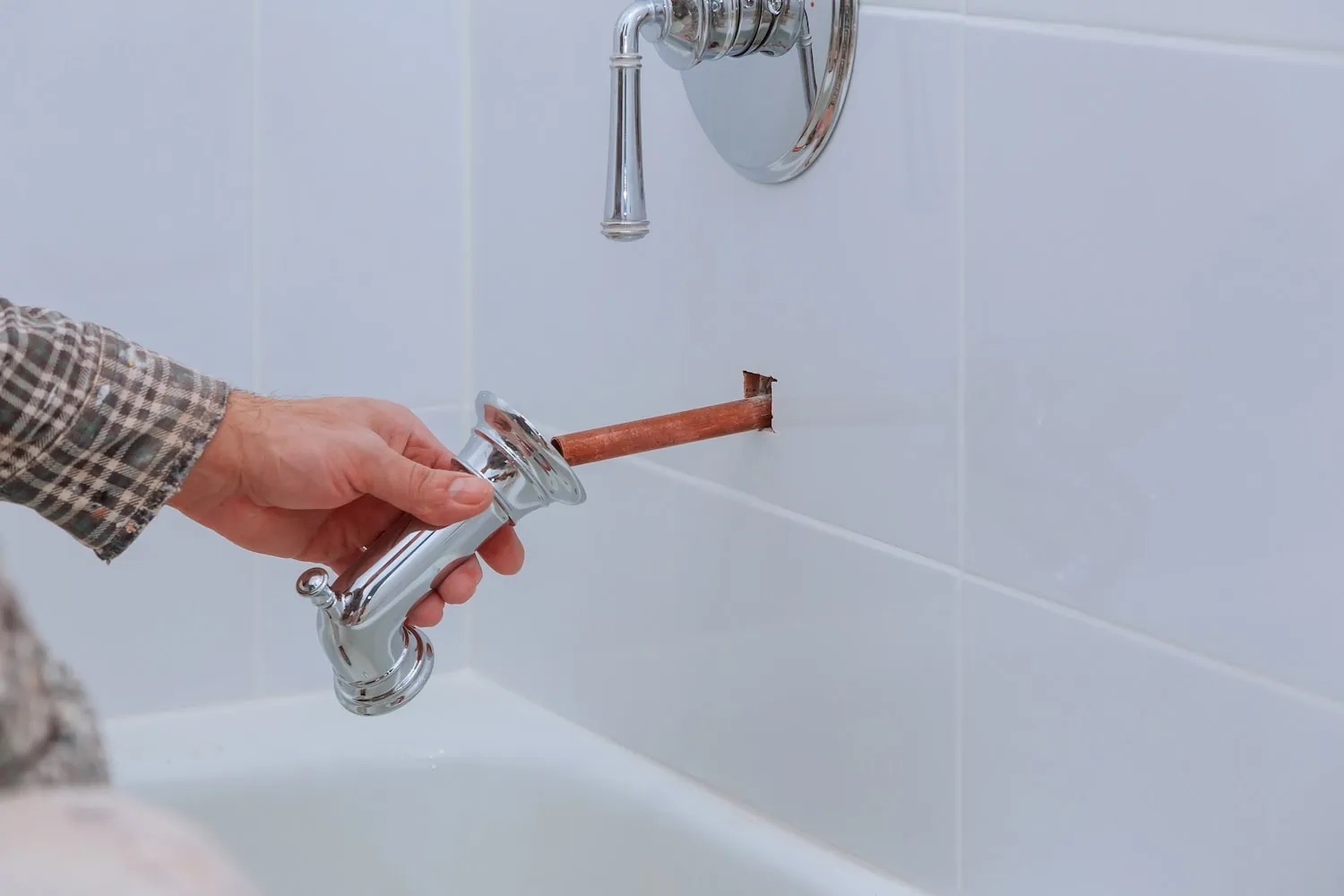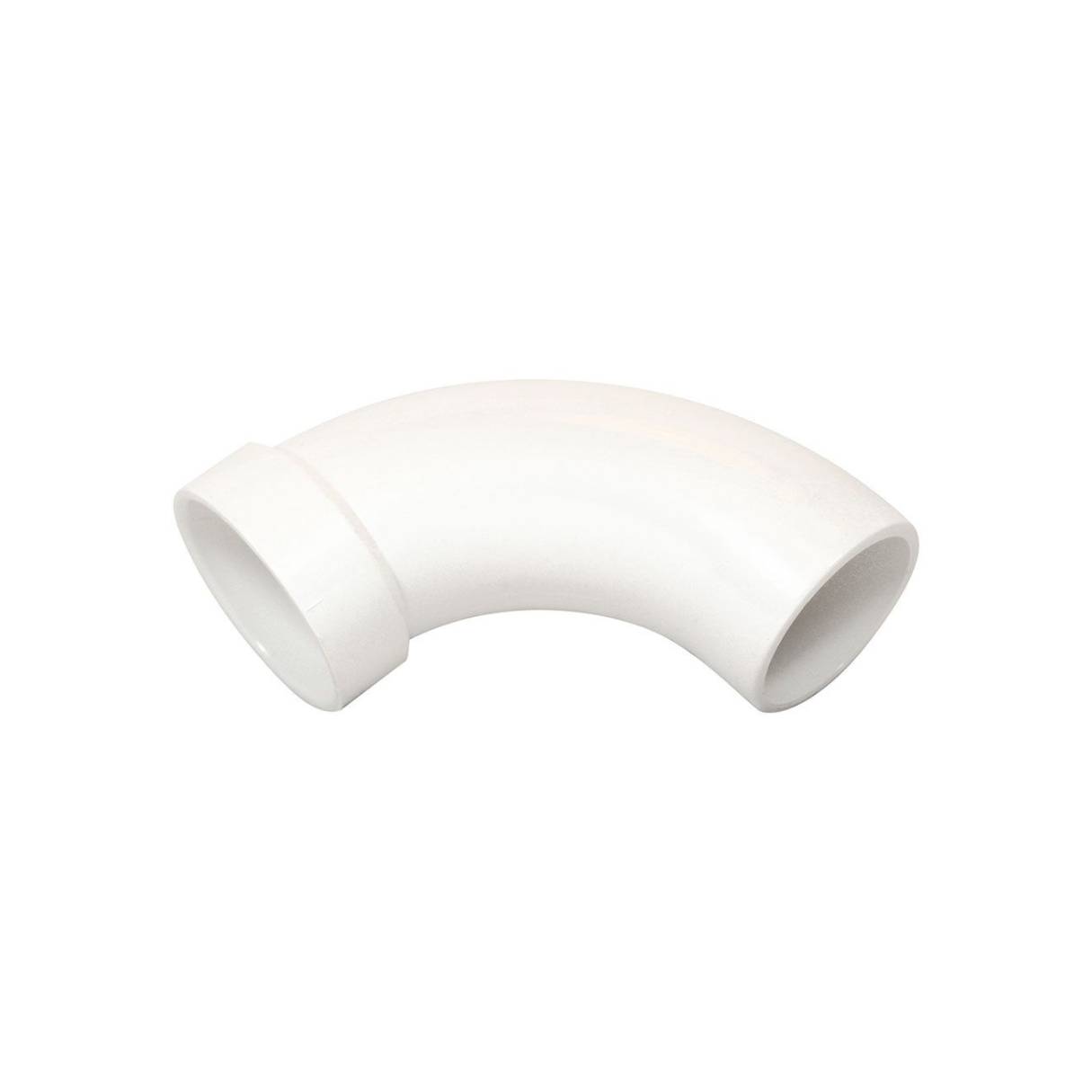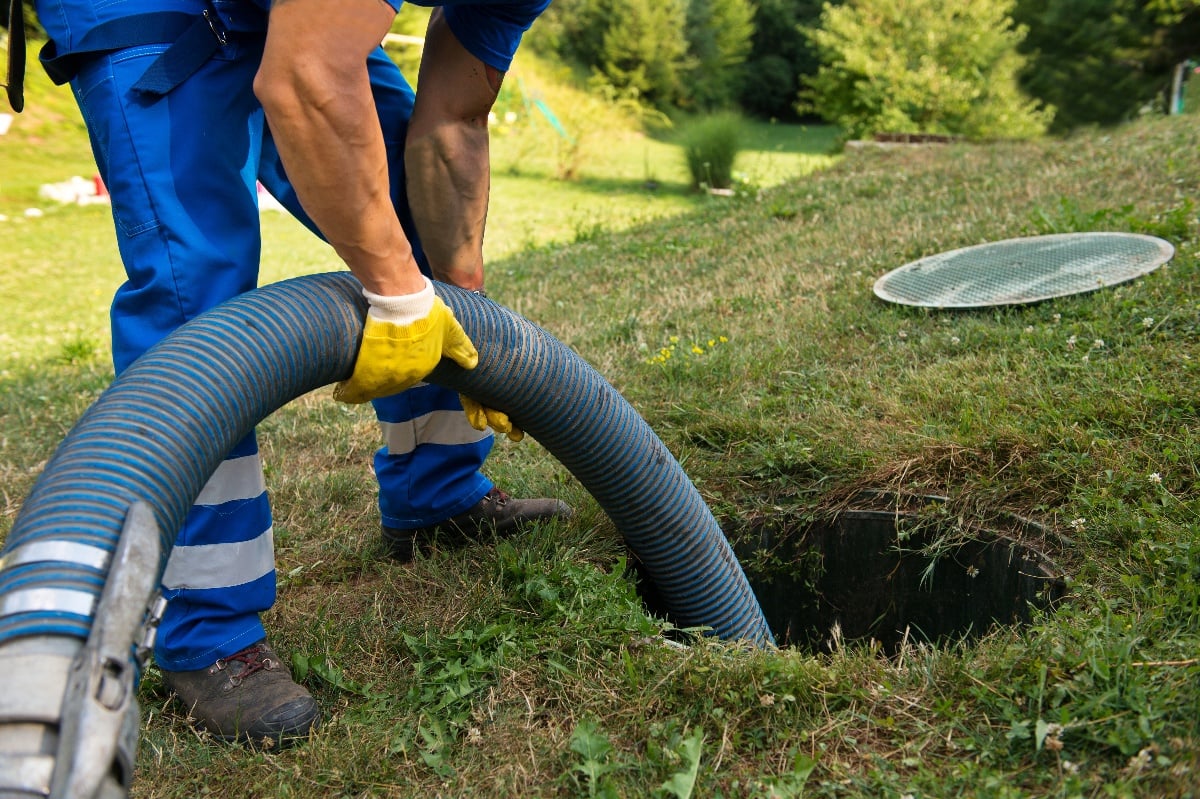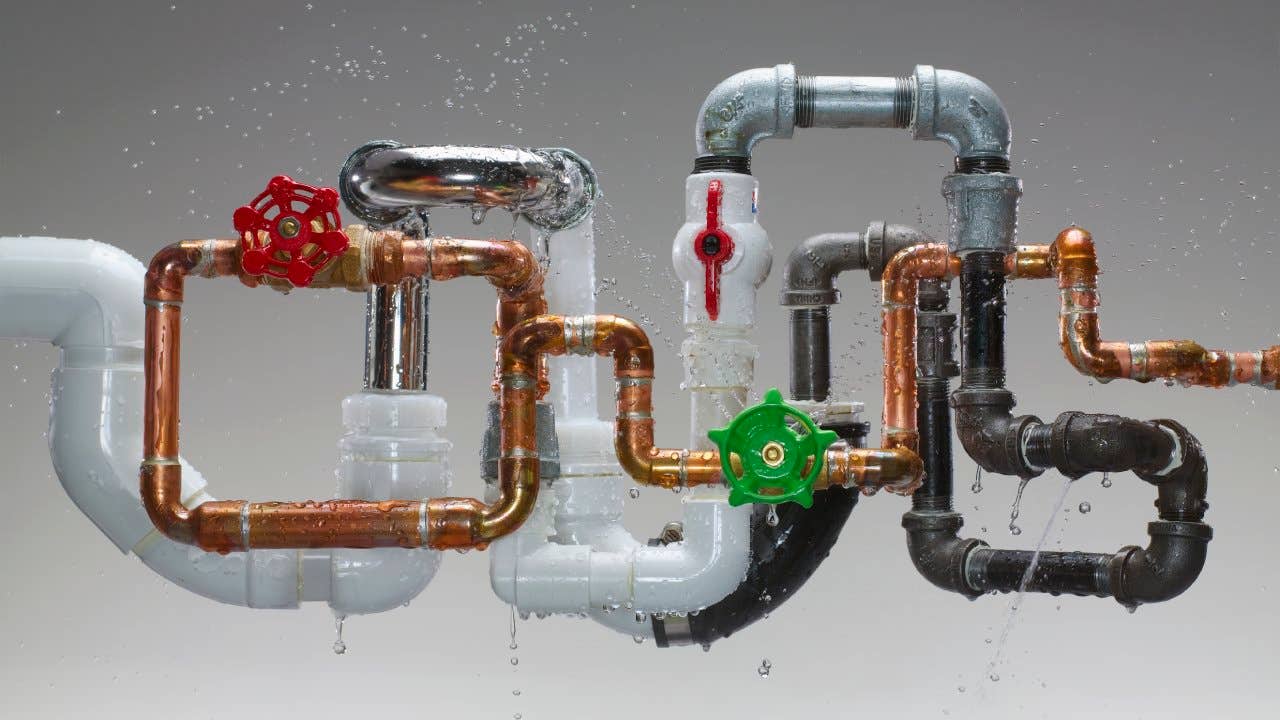Home> Plumbing System
The Ultimate Guide to Mastering Your Home's Plumbing System
Learn how to master your home’s plumbing system with our ultimate guide. From basic maintenance to troubleshooting common issues, we’ve got you covered.
Which Type Of Plumbing System Collects Sewage In Underground Storage Tanks?
By: Ethan Hayes • Articles
